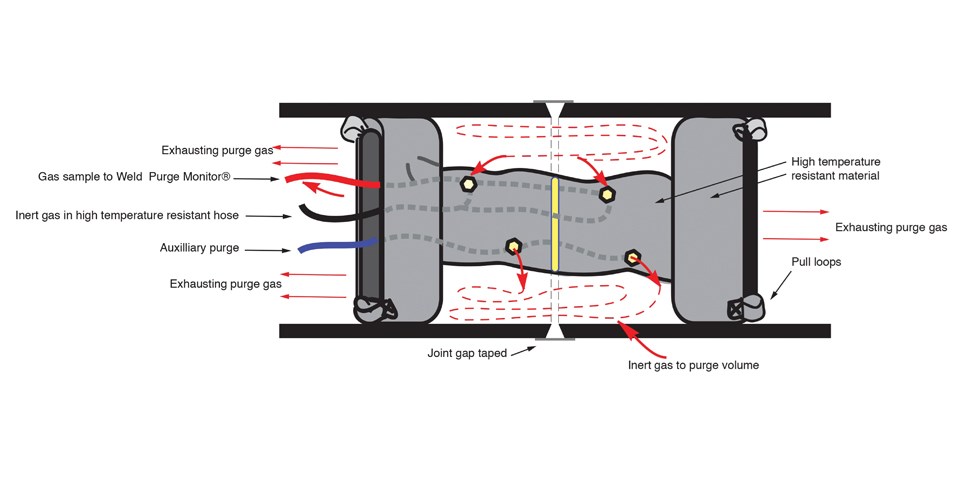Article By Michael Fletcher
___
Significant developments have resulted in the introduction of new nickel alloys that offer major improvements in mechanical properties. Not least is Inconel 740H, an alloy offering enhanced resistance to coal ash and therefore of considerable interest to fossil fuel fired boiler manufacturers.
Whilst these new materials help to expand the use of nickel-based alloys in areas where mechanical properties and corrosion resistance at elevated temperatures are mandatory, the need to maintain strict control during fusion welding remains, in order to preserve these characteristics.
Inconel 740H has a higher chromium content than other alloys in this class of materials and as a consequence offers significant high temperature corrosion resistance. Notwithstanding this characteristic all the alloys, and particularly Inconel 740H, are prone to loss of chromium through oxidation during welding unless some form of protection is provided.
With respect to pipework and boilers, failure to purge, or failure to purge properly, will result in a heavily oxidised surface on the weld root inside the cavity with substantially lower corrosion resistance. Even after the completion of the root weld, the weld purge should be continued for several passes to avoid heat tint, or discolouration (oxidation) inside the tube or pipe.
When using the gas tungsten arc welding (GTAW) process direct protection of the upper weld deposit can be assured through the inert gas shroud and the use of a trailing shield. The weld root however is fully exposed to the atmosphere and oxidation can take place.
An essential requirement when making butt joints therefore is to provide interior inert gas purging typically with argon or helium. With very small tubes this can usually be achieved through careful continuous gas flow but this technique is prone to erratic coverage because of turbulence. Isolating the section to be welded by inserting dams on either side of the joint and filling the volume with inert gas is a much better solution.
Attempts have been made to provide dams using paper, card, timber or even polystyrene plugs but success is erratic – sealing is difficult, contamination is inevitable and effective removal of the debris following welding is difficult.
The best solution, now adopted globally by leading fabricators, is to employ commercially available integrated inflatable purging. For adequate protection of nickel alloys during welding the internal purge atmosphere should have oxygen level reduced to 50 ppm (0.005%) or less in order to obtain a root surface with little or no oxide.
Techniques for measuring oxygen content have been available for decades but only recently have instruments been developed specifically for welding applications. Users increasingly demand complete absence from discolouration and no loss of corrosion resistance and this implies purge gas oxygen content to be as low as 20 ppm (0.002%).


